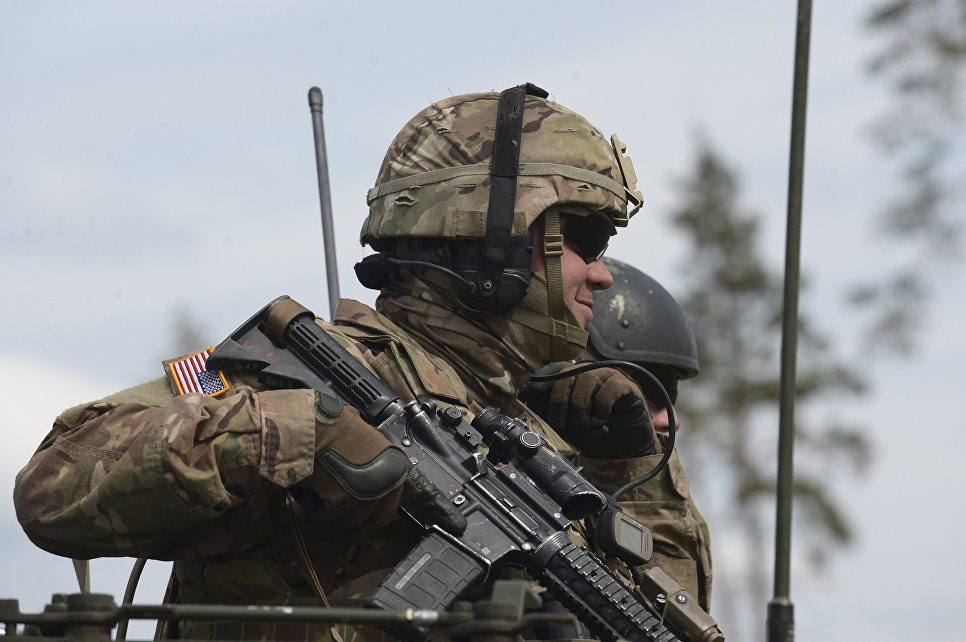This is a speed translation of an analytical article by Rostislav Ishchenko from the 7th of July 2016, published at his channel on Kont.
The NATO summit will begin in Warsaw on Friday. For two days (8 and 9 July), senior officials and generals will discuss a lot of technical and political issues. We are, however, interested in only one item on the agenda of the event. In Poland, the Alliance is going to once again discuss relief measures to the “Russian threat”.
As is the custom in the recent years, the “threat” is felt particularly acutely by the Balts and Poles, who demand the deployment on their territories of additional contingents of Western European and American allies.
Washington and London pretend to be impressed by the fears of the limitrophes, and agitate for meeting requests for strengthening NATO forces on the Russian border. We are talking about dislocation of four battalions.
In terms of the real military strengthening of the block’s abilities on the north-western borders of Russia, this gain is negligible. The American military analysts argue that even a dislocation in the region of four additional full brigades will not allow NATO to hold out much longer in the case of a real military conflict.
In fact, we are only talking about whether it will take the Russian troops one or two weeks to reach the Oder line. Or more precisely, how many US troops will need to be hastily evacuated from Poland and the Baltic states, if suddenly something goes wrong and, contrary to common sense, a military conflict in this area happens.

A US soldier during the 2016 Saber Strike exercises in Estonia.
Protection Poles and the Baltic states as a diversionary tactics
So, the United States believes that the Russian group on the Baltic borders now has absolute superiority, which it is impossible to stop by unfolding of either four or sixteen battalions. At the same time, as a result of NATO’s war hysteria of NATO, Russia decided to deploy in the western direction three new high-grade divisions, and another army corps in Kaliningrad.
